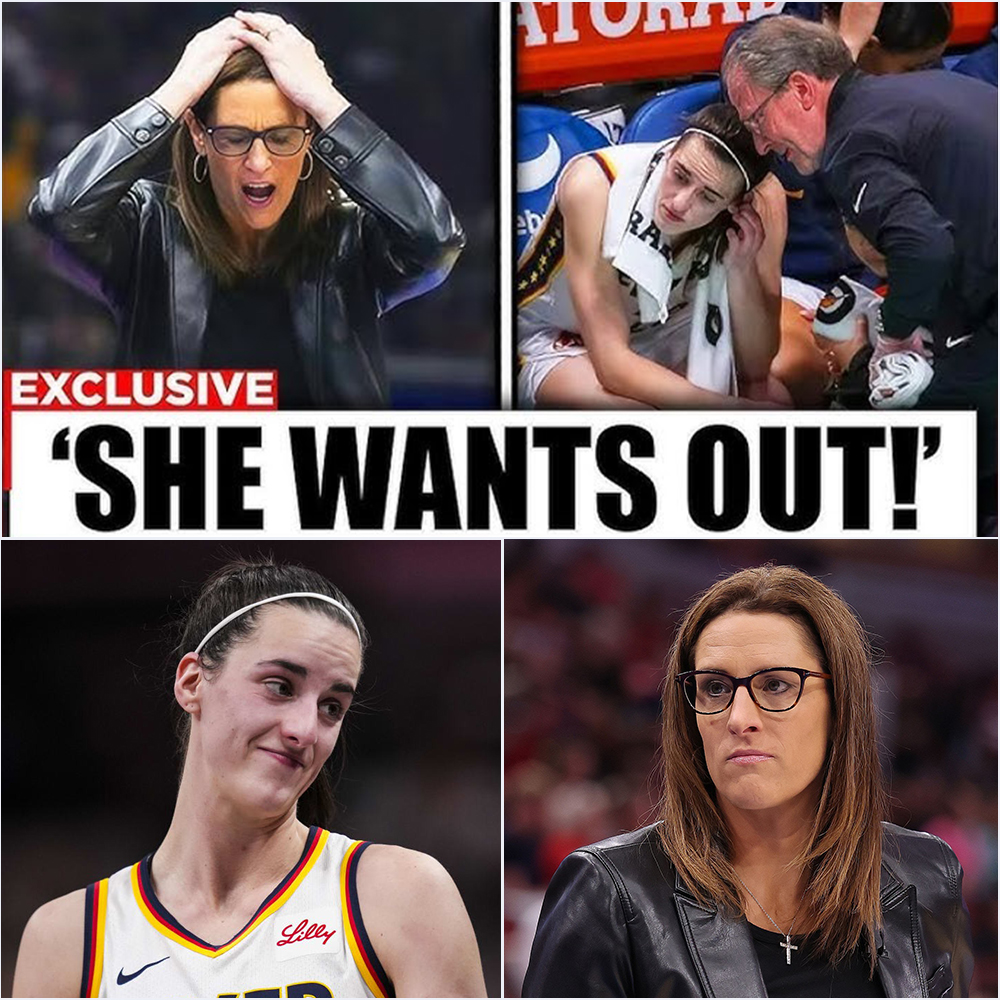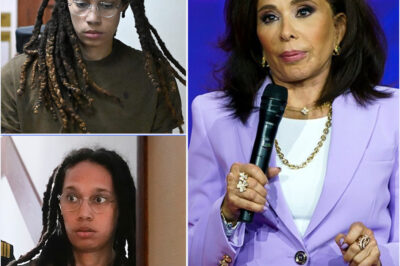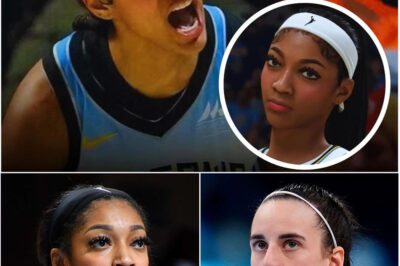
In a league built on competition, accountability, and grit, even the most high-profile stars are not immune to hard words behind closed doors. But when those words come from one of the most respected figures in the sport, and the reaction from the player is a calculated silence, the fallout can ripple far beyond the locker room.
That’s exactly what’s happening inside the Indiana Fever camp this week, where rookie sensation Caitlin Clark has reportedly cut off communication with the team’s training staff after what insiders are describing as a pointed, public critique from Stephanie White — a Fever legend, WNBA champion, and a name synonymous with old-school basketball toughness.
A Star in the Eye of the Storm
Clark arrived in the WNBA with the kind of anticipation rarely seen in the league’s history. Her record-shattering college career at Iowa didn’t just fill arenas; it moved television ratings in ways that got league sponsors and network executives salivating. She was touted as the kind of transformative figure who could change not just a franchise’s fortunes, but the entire trajectory of the WNBA.
From day one in Indiana, the cameras have followed her every move: her first practice, her first three-pointer in Fever colors, the way she talks to teammates, even her body language after a missed shot. That constant attention has been both a badge of honor and a weight on her shoulders.
Sources close to Clark describe her as resilient and focused — but also human, feeling every ounce of the expectation that comes with being a rookie face of a franchise.
The Moment Everything Shifted
The incident, according to multiple sources, happened during a closed practice earlier this week. Stephanie White was present at the Fever facility in her capacity as a special adviser, part of a broader initiative to bolster team culture and reconnect with the franchise’s storied past.
Several accounts align on the core moment: after practice, as players moved into their cooldown and post-session routines, White addressed Clark directly — and did so in earshot of the entire team and staff.
“There’s a difference between rehabbing real injuries and just soaking up the spotlight while trainers wait on you,” White allegedly said, according to one team insider. “Don’t forget, everyone is watching how you carry yourself, even off the court.”
Those words — whether intended as a mentoring moment or a reprimand — landed heavily. The remark, sources say, came as Clark was engaging with the training staff over minor post-practice adjustments. In the echo of White’s voice, some veterans nodded knowingly, but younger players were stunned.
A Calculated Silence
Clark did not respond in the moment. Instead, she finished practice without another word to White or the trainers. When approached for the routine post-practice check-in, she reportedly shook her head, gathered her gear, and walked out.
Later, through her agent, she communicated a decision: she would not be engaging with the Fever’s trainers until “the atmosphere improves” and “basic respect is restored.”
It was not a blow-up. There was no shouting match. No slammed doors. Just a deliberate withdrawal — a message sent without a sound.
On the Court, But at Arm’s Length
Since the incident, Clark has continued to suit up for games. She’s run the plays, hit the shots, and handled the press conferences. But in the warm-up lines and on the sidelines, those watching closely say the distance is visible.
Trainers hover nearby but rarely interact. Clark stretches alone, works out minor kinks without assistance, and has been spotted icing her own knees post-game — a subtle but unmistakable shift for a player used to routine trainer contact.
The Locker Room Temperature
Inside the Fever locker room, the situation has split opinion. Some players view White’s words as a legitimate “welcome to the pros” moment — a veteran’s tough-love reminder that no one is bigger than the team. Others see Clark’s silence as justified, a pushback against public embarrassment in a setting where respect is currency.
Support staff, meanwhile, are caught in the middle. The Fever’s trainers are widely regarded as among the best in the league, and being frozen out by the team’s biggest star is a strain not just on morale, but on operations.
The Social Media Maelstrom
As with everything involving Clark, the story didn’t stay in-house for long. Within hours of whispers hitting the media circuit, hashtags began trending: #TeamClark, #RespectTheGame, #OldSchoolVsNewSchool. Fans flooded comment sections with their takes.
One supporter tweeted:
“You don’t call out your star like that in public. Respect goes both ways.”
Another countered:
“She’s a rookie. If she can’t take criticism from a legend, how’s she going to handle playoff pressure?”
The Fever’s official channels have remained silent on the matter, focusing on game highlights and community initiatives.
Stephanie White’s Perspective
White, 48, is no stranger to the spotlight — or to the pressure cooker of professional basketball. As a player, she was known for her defensive grit and leadership. As a coach, she led teams with a demanding style, blending strategy with high expectations for professionalism.
In the early days of the WNBA, where resources were scarce and media attention even scarcer, toughness was survival. For White, the standards she espouses aren’t cruelty; they’re the bedrock of a winning culture.
But the league has evolved. Today’s WNBA emphasizes mental health, player empowerment, and collaborative team environments alongside performance.
The question hanging in the air: can an “old school” approach adapt to a new generation of stars like Clark, who command as much brand value off the court as they do points on it?
The Stakes for Clark and the Fever
For Clark, this isn’t just about bruised feelings. It’s about defining her boundaries in the crucible of her rookie year. In the WNBA, reputations — for leadership, for toughness, for professionalism — are built quickly and can stick for years.
For the Fever, the timing is delicate. The team is in the middle of a season where every win matters, both for playoff positioning and for cementing a culture that can carry them into the future. A visible rift between star player and staff can be a distraction, or worse, a fracture.
Bridging the Gap
Team officials are reportedly working behind the scenes to mediate. Sources say a private meeting between Clark, White, and members of the training staff is in the works, possibly facilitated by player representatives. The goal: clear the air, set mutual expectations, and move forward without lingering resentment.
Both sides have reasons to make it work. Clark’s brand is tied to her image as a resilient, team-first leader. White’s legacy in Indiana is one of dedication to the Fever’s success.
Lessons for the League
Beyond the Fever, the situation is a microcosm of the WNBA’s growing pains. As the league gains visibility, it’s attracting a generation of players with unprecedented influence, marketing power, and fan engagement. Integrating that reality with the league’s existing culture — forged in a different era — will require more than just talent on the court.
Incidents like this raise questions:
What does “respect” look like in a modern locker room?
How should criticism be delivered to high-profile rookies?
Can traditional tough-love mentoring coexist with today’s emphasis on collaboration and mental wellness?
Where It Goes From Here
The Fever’s schedule doesn’t pause for internal politics. Games continue, the playoff race tightens, and every possession counts. For Clark, the best rebuttal to critics — whether about her game or her response to White — will be on the scoreboard.
For White, the challenge is to ensure that her message — about focus, professionalism, and team unity — is heard without alienating the very players it’s meant to inspire.
A Moment That Could Define More Than a Season
If handled well, this could be a footnote — a story of early friction that ultimately led to stronger bonds and a better understanding between generations of players. If mishandled, it could linger as a cautionary tale of how quickly a promising team culture can be tested.
What’s certain is that the WNBA is watching. So are fans, sponsors, and media outlets eager for any glimpse into how the league’s brightest new star navigates her first real internal challenge.
For Caitlin Clark and the Indiana Fever, the next chapter will be written not in soundbites or hashtags, but in how they choose to move forward — together, or apart.
News
The Room Went Dead Silent: Jeanine Pirro’s Five Words About Brittney Griner That Shook Sports, Media, and the WNBA
The silence didn’t last long.But for the three seconds before the cameras cut, before the screen went to black, before…
Little Girl Leavitt, Don’t Dodge My Eyes! — Karoline Leavittt Publicly Mocked Colbert For Being Canceled. But His Counterpunch Left Her Completely Paralyzed… Live On Air! C3
She laughed too early. And the cameras caught it. Half a second. That’s all it took for the entire atmosphere…
Angel Reese Reportedly Furious After 2K Denies Her 99 Overall Rating – “They Play Because of Me Too. I Should Be the Best Player.”
In the world of sports gaming, few debates hit harder than player ratings. They’re not just numbers on a screen…
The House That Love Built: Caitlin Clark’s Parents Sold Their Home in Secret — and the Truth Behind Their Sacrifice Redefines Success
It began not with a buzzer-beater or a championship trophy, but with a simple piece of paper on a quiet…
“SHE THOUGHT IT WAS JUST ANOTHER PRESSER — UNTIL HE WALKED IN.” Michael Jordan Slides a $52 Million Envelope Across the Table, and Caitlin Clark Doesn’t Blink
The press conference wasn’t supposed to change the future of basketball. It was supposed to be routine. Another post-game presser…
Lawrence O’Donnell Challenges MSNBC Leadership Over Mysterious Hiatus, Demands Transparency with Explosive Ultimatum.c3
In a dramatic return to MSNBC’s airwaves, Lawrence O’Donnell, the respected host of “The Last Word,” set aside traditional journalistic…
End of content
No more pages to load












